|
My conclusions about the yellowing of the leaves is that it was not an iron problem, but there were big changes in temperatures of the week. I believe this caused a hormone imbalance in the trees and turned the leaves to yellow. There was also was looked like apple scab that was attacking the leaves. To combat that I sprayed a copper fungicide which seemed to work. I do not know if the fertilizer did anything other than it started to produce some sort of fungus which was concerning but as time went on it seemed not to damage the plants at all. The time I took this picture is probably the largest and most noticeable it became. Since then it has gone down quite a bit if not completely gone. I also noticed in some of the trees there were some shriveling of the leaves. My guess is that they are too close together and started to grow a fungus or something that is killing the leaves. I also noticed that the root stock shoots tended to have more infection on them than the grafted stocks which was interesting because the root stock is bred to be very hardy and handle against most diseases. My particular root stock is M7 which is a semi dwarfing root stock. In order to combat this I had to prune back the root stock shoots. The root stock shoots and leaves were crowding the grafted leaves so much I do not think they were able to dry. Taking off all the root stock shoots really opened up the tree and everything seemed a lot more open. I think this will help tremendously after I water the plants. It will allow them to dry and grow more. Another cool find is I saw an apple start growing on one of the trees which was really cool. I had to clip it off because it takes a lot of nutrients away from the vegetative growth that I want. The apple could also grow and snap the graft off.
5 Comments
In the Pacific Northwest cider variety apples are hard to find. If you can find them they are most likely pretty expensive. To buy cider apples and press them will cost double or triple what regular apple juice at your local grocery store. Seeing the high demand for these apples we decided to create our own orchard. This would give us the full flexibility to control everything from the beginning of the process to the end. Our Story begins with beginning to find the variety of apples that we would like to plant. At cider conventions or just searching for cider apples a few names will pop up: Kinston Black, Orange Cox Pippin, Ashmeads Kernal, Northern spy, to name a few. I began looking for these types of apples and I first started off by visiting orchards that had these special type of apples. The first orchard I visited was in Salem which is a little south of our orchard. Here is where I had my first experience going to an orchard and knowing the feeling of where cider really comes from. Cider comes from fruit that grows on trees. When you make beer, there is no seeing or feeling of any fruit. The closest you can get to that feeling is growing hops, but for the most part the beer comes as grain that is made into a flour. Beer has its intricacies, but growing apples is more similar to growing grapes from wine. What I thought was really cool in being in the orchard is that you can see the fruit coming off of the tree. The apples do not come out as a single apple like a story book but they grow out as clusters which was very interesting. After getting a feel for an orchard there were many decisions I had to make, but I was only concentrated on two: what type of apples, what type of training system. To figure out what type of apples I wanted I started off at the fruit show at the Clackamas County fair grounds. This is the fruit show put on by the home orchard society. There are tons of different fruits to taste which was really fun. There were whole tables of apples, pears, kiwis, grapes, and other fruits that I have never heard of or tasted. I was able to taste a lot of different pears and apples and learn a little bit more about the not so known varieties of apples that you usually find. Over the course of studying what I learned is that apples are the one of the oldest cultivated fruits in human history. It all started off with people trading seeds, these seeds fell off the wagons or were eaten by animals. They somehow made it to the ground where they grew into big apple trees. Apple trees need pollen from other apple tree flowers to create apples. Inside the apple, the seeds have DNA from the pollen of the fertilizing apple tree and the mother apple tree. When these seeds grow into full trees and have their own apples, they will be different from the apple they came from. This is how there are so many different types of apples. Now that I sort of knew what I wanted, I had to find the specific varieties that I wanted. The only problem was that cider apple varieties are hard to come by, so I started searching on the internet for local orchards that had old cider varieties. I found one close to me, and asked if I could have some tree branches to use for grafting. He generously let me and I was able to get enough wood for about 1,000 trees. I ended up calling a bunch of different orchards and ended up acquiring all of the wood I needed for my 3500 trees. Something that was interesting on this orchard was that the owner had a 100 year old apple press that was what I think is a steam engine, it was very cool to see. Next I had to get someone to help me graft the scion wood onto the root stock. Through a reference I was able to find a couple of people to help me. Over a few weekends I was able to graft all 3500 trees. What realized after grafting is that there are a lot of repeated little steps. We grafted, applied graft paint so the graft did not dry out, wrote out a tag, wrapped the tag, and potted. We had to do every step 3500 times. The type of graft we used was a cleft graft. In the beginning we grafted from the top of the root stock but then changed to making a cleft graft on the side of the root stock to save time by not having to cut the top of the root stock. Although it saved time I think it is worth the extra time and money to graft from the top because as the trees grow it is easier to differentiate between the graft and the root stock. Although with the modified cleft graft as the leaves grew bugs tended to eat the root stock leaves before the grafted leaves which was helpful as the trees were so young. We completed all the grafting in early February which was good timing. You want to graft your plants before spring arrives which is the beginning to middle of March. Once this was done we waited until spring came, all there was to do was water the plants once the dirt was looking dry. What I used for 3/4 of the pots was a Medium dark fir bark dust. For the rest of the plants I used a blend of only vegetative material compost and Fine dark fir bark dust. I prefer the Medium dark fir because it stays moist for longer, the only modification I would do for next time is blend a fertilizer and Iron nutrient to it, which I will get into later. As spring came we began to see life in our newly grafted trees, it was a big success! To my surprise a lot of the new grafts started growing flowers. Once these flowers bloom, they will get pollinated and they will turn into apples. The only thing there was to do was continue watering and watching them grow. This is one of the existing seedling apple trees on our orchard, it makes small green apples. It needed a haircut but I didn't get around to it before spring started. Now that the plants have started to grow leaves there are bugs that are eating the leaves! A very natural process but I would rather have them eating other things other than my apple trees. If you can see very closely on the stem there are a group of aphids resting. I also saw a lot of ants crawling around, from what I found out is that these insects work together and it hurts the tree. We went to a local store to find some insecticide and were recommended advise four. This is a poison that is put on the leaves so when the bugs eat the trees they will die. We had a good success with this because there are no longer any ants or aphids around. I also placed ant traps at the base of the groups of trees that I saw had a lot of ants. Now that we took care of the insects eating the leaves I noticed the root stock was growing faster than the grafted wood. The tree is putting a lot of energy into creating a shoot for the root stock, but I wanted all that energy to go into the grafted wood so it would grow larger. So I started to cut all the root stock shoots that were taller than the grafted buds or shoots. I also noticed that some of the grafted shoots have started to grow sideways branches. In order to get strong fruit bearing branches I put a clothes pin to help grow the branch in a more 90 degree angle. For my tree training system I decided on using a center leader design. This seems to be a very popular training system for a low density orchard. A week later I start to notice that some of the trees leaves are starting to turn yellow, brittle, and are falling off. It is nowhere near fall, the leaves should be very green, and the tree should be vigorously growing throughout the spring. The sides of the leaves of some trees were also turning brown, as if they were burnt. I visited my local farming shop and found out that the yellow leaves are due to low iron in the soil, and the browning of the leaves is a deficiency of potassium.
http://www.omafra.gov.on.ca/IPM/english/apples/plant-nutrition/potassium.html In order to combat this I applied a sprinkle of Ferrous Sulfate Monohydrate granules to add iron into the soil, and an organic fertilizer that contained potassium. Hopefully this takes care of the problem! |
AuthorWe are makers of fine cider and sparkling fruit wine. bringing a great experience with every glass. Archives
August 2023
Categories |
© COPYRIGHT 2023 ALL RIGHTS RESERVED.






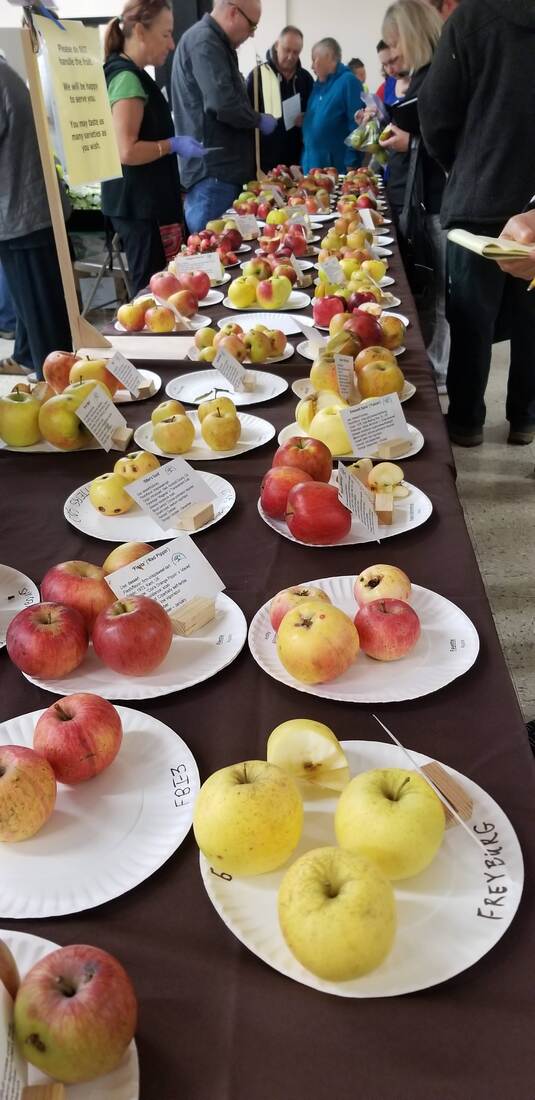

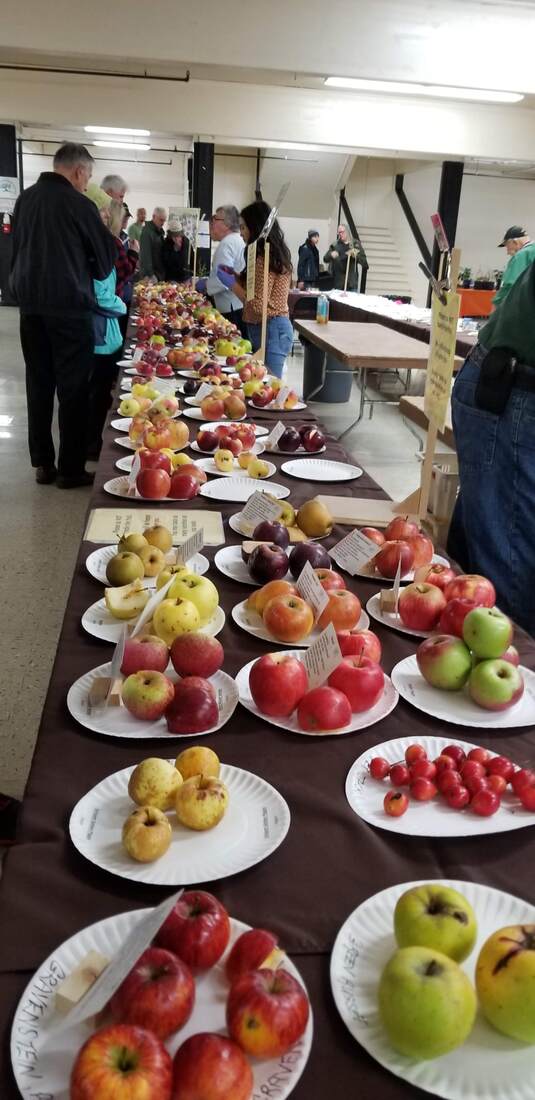





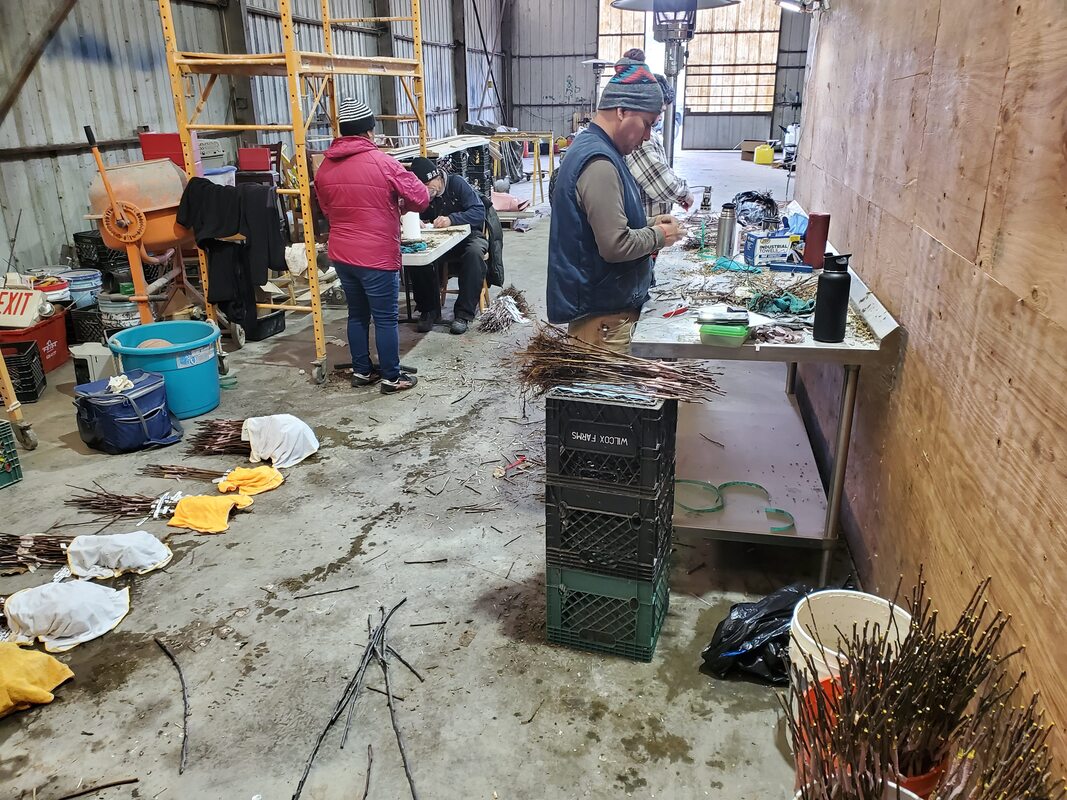


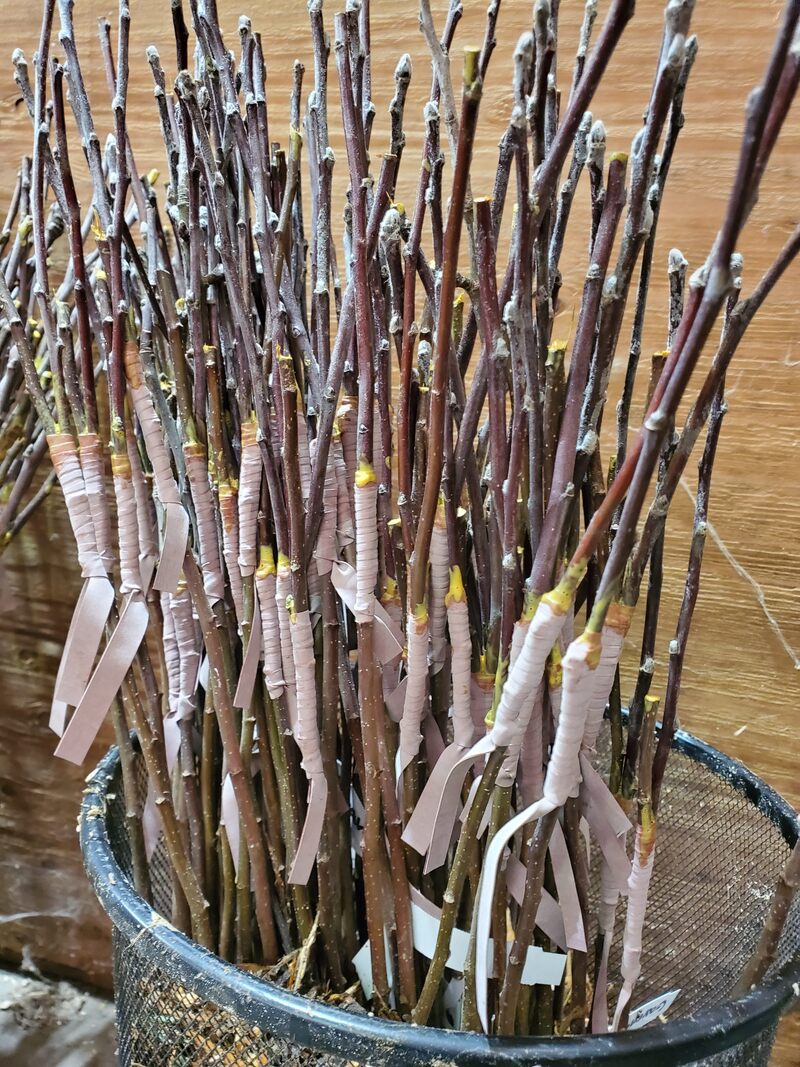
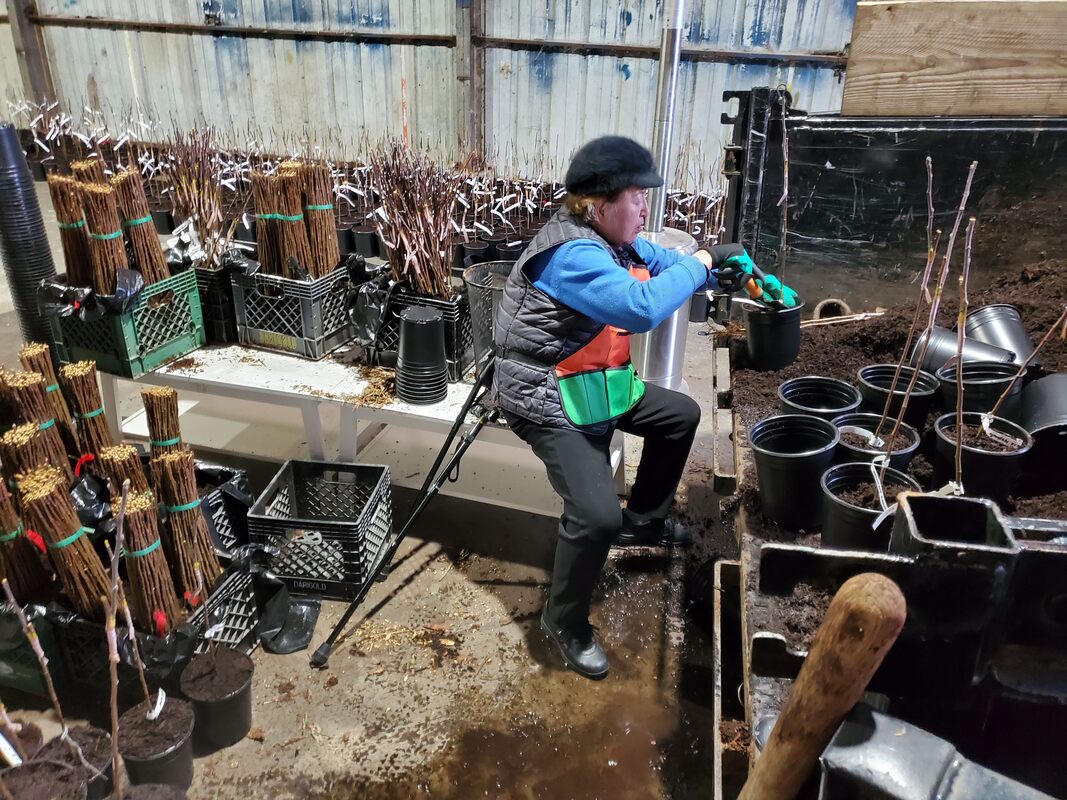

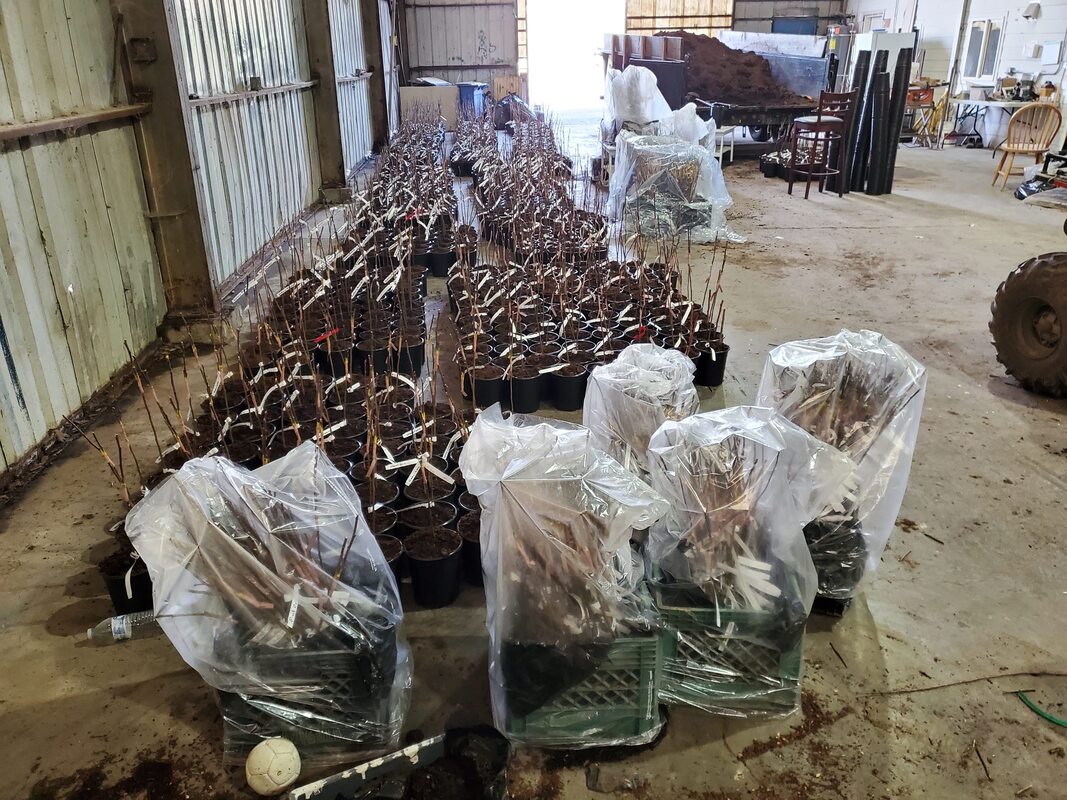









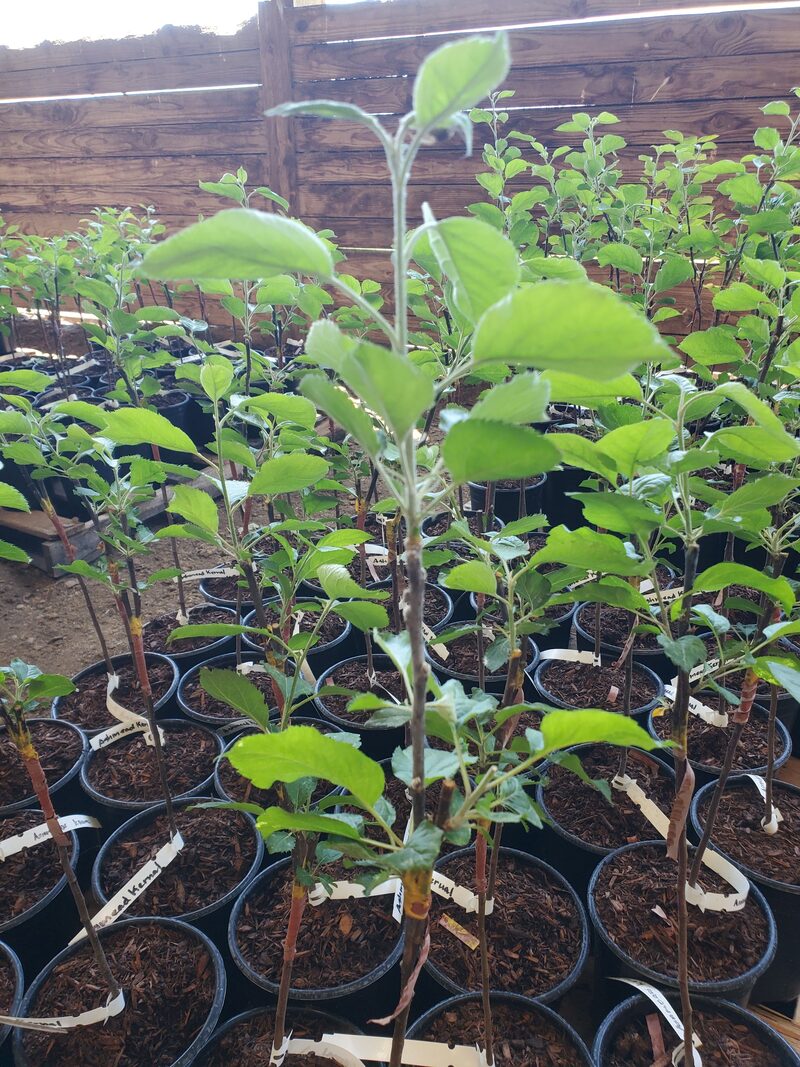





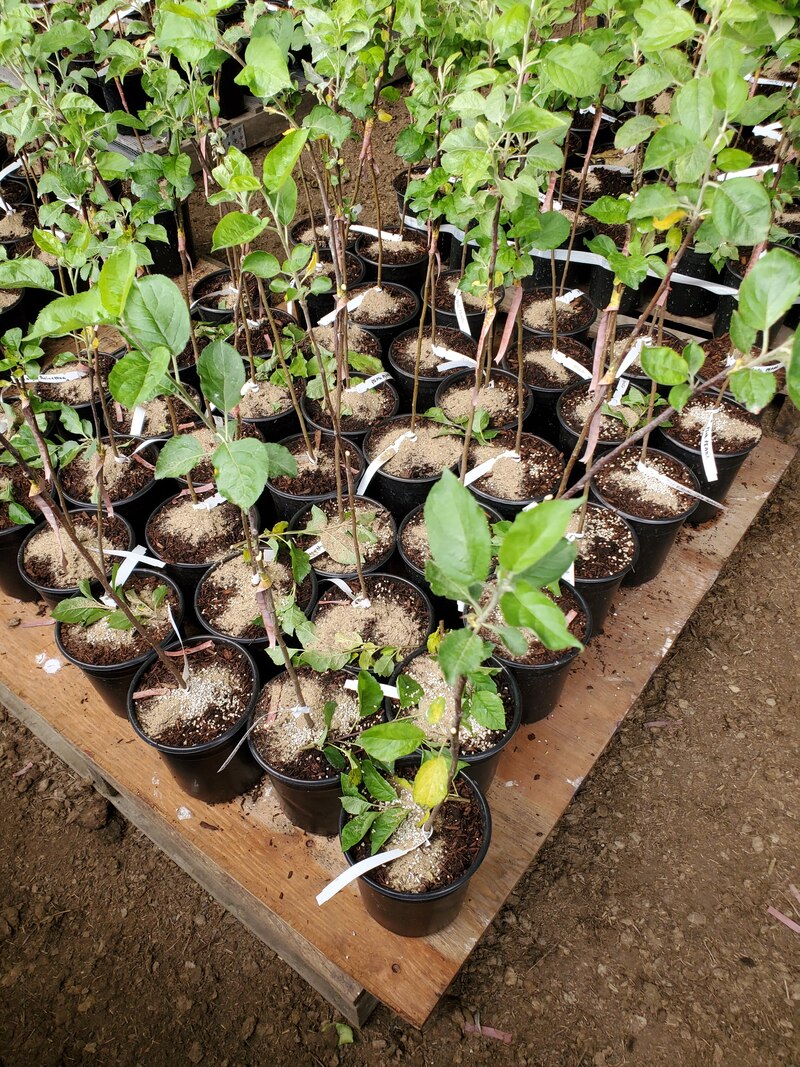
 RSS Feed
RSS Feed


